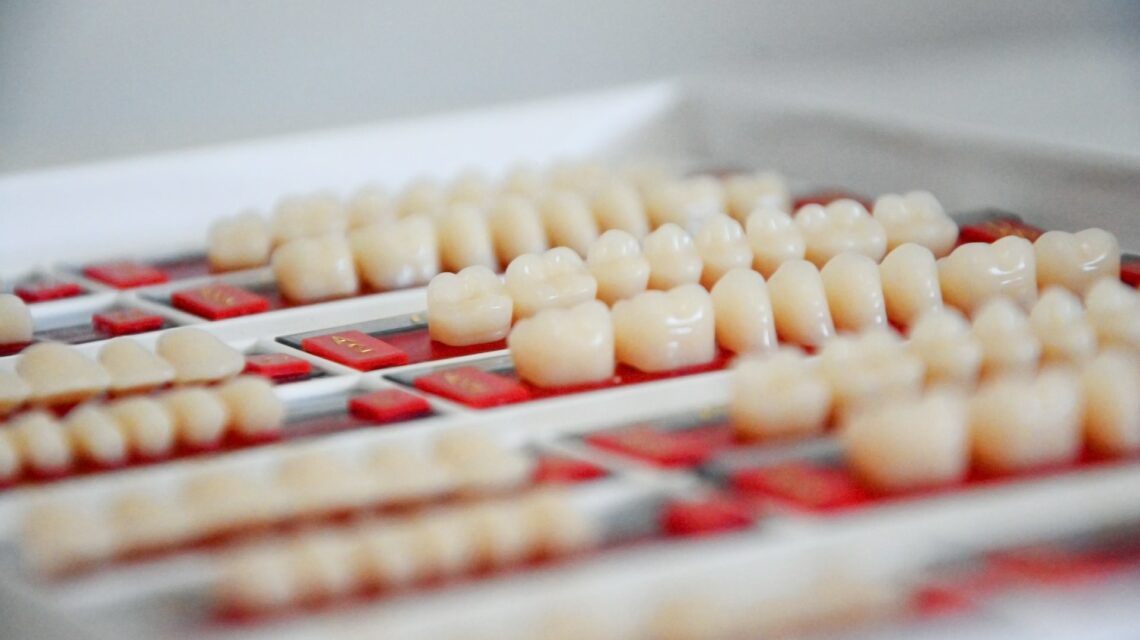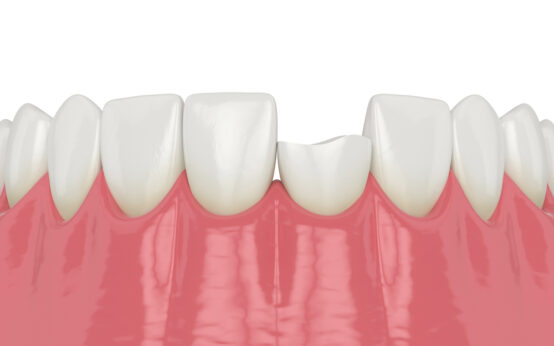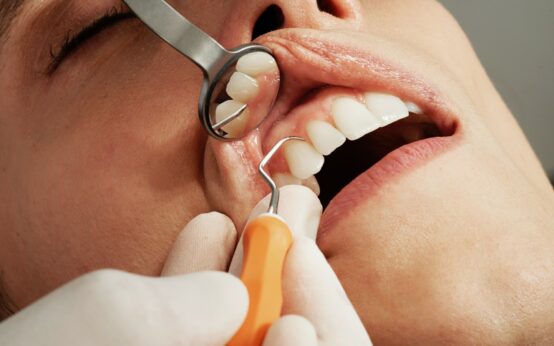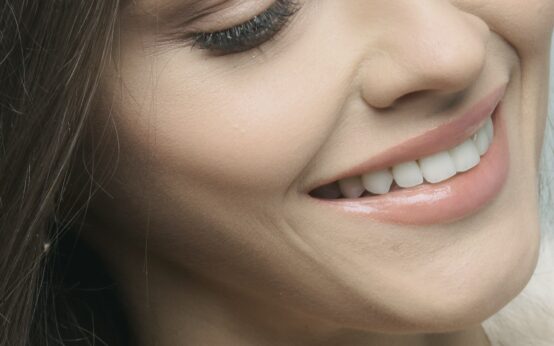Dental Crowns – What Type of Dental Crown is Right For You?
Whether you need a metal-alloy dental crown, porcelain dental crown, or all-ceramic dental crown, your dentist can help. Before your dentist begins the procedure, he or she will numb the tooth and gum tissues around it. After this, your dentist will shape the tooth by shaping the chewing surface and sides. The dentist may remove a large part of the tooth, depending on the type of crown you need. In some cases, the tooth may be missing a large section due to decay or damage. If this is the case, the dentist will use filling material to recreate the missing area.
Table of Contents
Metal-alloy
A metal-alloy dental crown is made of a combination of several different materials, such as gold, silver, or platinum. A crown made of pure gold would likely deform due to the chewing forces it faces. The base metals added to the alloy formulation form oxides that increase the bond strength between the metal and the porcelain. The American Dental Association created a classification system for dental alloys in 1984. Typically, high noble alloys contain about 60 percent gold, while non-precious metals are about forty percent gold.
There are three basic types of dental alloys: base alloys, noble alloys, and non-noble alloys. Each has its advantages and disadvantages. Among the metals used in dental crowns, platinum is the most expensive. High-noble alloys are the most popular for many reasons, including their durability, fit, and cost. Patients with severe metal allergies should avoid using these types of alloys.
A metal-alloy dental crown is a great choice for patients who want a high-quality dental restoration that won't degrade over time. Full-metal restorations require less tooth structure to be removed than other crowns, and they tend to last the longest. However, their appearance is not as attractive as gold or silver-alloy crowns. If you have a damaged tooth and don't want to undergo a full-mouth replacement, you should choose a metal-alloy dental crown.
Porcelain
A porcelain dental crown is very durable and long-lasting, but the downside is that porcelain crowns can chip or get loose. While it's possible to have the chip fixed with composite resin, larger chips will require the entire porcelain crown to be replaced. While porcelain dental crowns can be repaired, they can also get damaged by poor oral hygiene habits and dietary choices. If you notice that your porcelain crown is becoming loose or damaged, contact your dentist to get it replaced.
The benefits of porcelain crowns are many. First, they protect your remaining tooth structure and prevent further damage. Additionally, they are more attractive than traditional metal crowns, so they can give you a beautiful smile. The best part is that porcelain crowns can be used on your child's primary teeth as well. For young children, porcelain crowns can help protect their teeth from decay, making them more attractive and reducing the frequency of sedation during dental visits.
After a root canal, you should always have a porcelain dental crown. If your tooth is chipped or fractured, it may break or crack under the pressure of biting. A porcelain onlay might not provide the same type of retention and may also cause you pain. A porcelain dental crown is more permanent than an onlay and will also last a lifetime. In some cases, a porcelain onlay may be all that you need to correct a toothache.
All-ceramic
An all-ceramic dental crown is an alternative to metal crowns. Made entirely of ceramic material, an all-ceramic crown is a durable, strong, and hypoallergenic alternative. This type of dental restoration can be a great option for people who are concerned about their appearance but do not want to compromise their oral health. The pros and cons of all-ceramic crowns are listed below.
An all-ceramic dental crown is made of high-quality ceramic material. It serves the same purpose as a metal crown but is much more natural-looking. The thicker porcelain used in all-ceramic crowns is designed to mimic the lustrous, natural look of natural teeth. As a result, all-ceramic crowns are nearly undetectable. Aside from their attractive look, all-ceramic crowns are hypoallergenic and will not affect your gum tissue in any way.
The process for an all-ceramic dental crown is similar to that of a metal one. First, your dentist will examine your teeth to determine if you are a good candidate for an all-ceramic dental crown. Next, he or she will remove a layer of enamel to ensure a proper fit for the crown. This process takes about two hours, but it is worth it for the natural-looking results.
All-porcelain
Having an All-porcelain dental crown installed on your tooth will dramatically improve the way it looks and feels. A porcelain crown is a good option for many reasons, and it is one of the most popular forms of dental work. People choose these dental restorations for many reasons, including cracked or broken teeth, massive cavities, large fillings, and root canals. This type of restoration will restore functionality to your teeth while giving you a more natural smile.
All-porcelain dental crowns are a great option for whitening your smile and improving your confidence in the mirror. After a professional whitening procedure, your crown will match your natural teeth as closely as possible. Your dentist will also take impressions of your teeth to ensure that the crown will fit properly. This will allow your dentist to select the right shade guide for your new crown. You will need to go back to your dentist for a check-up appointment a few weeks after the procedure to ensure your new crown is a perfect match.
Once your porcelain dental crown is placed, you will need to make two follow-up visits to the dentist. During these visits, your dentist will monitor your new porcelain dental crown to make sure that it is doing its job. Your doctor may recommend over-the-counter analgesics for the pain you experience. You will also need to be patient during your follow-ups. Most patients are able to resume their normal activities after receiving their porcelain dental crown.
All-resin
An all-resin dental crown is a temporary treatment used to protect the tooth until a permanent one can be crafted. It is a metal-free alternative to temporary stainless-steel crowns and comes in several shades that can mimic the color of natural teeth. For these reasons, some patients prefer all-resin dental crowns. Here are some benefits and disadvantages of all-resin dental crowns.
All-ceramic dental crowns are the best option for front teeth. They are translucent and can be custom-made to match the color of adjacent teeth. Compared to metal crowns, porcelain dental crowns are more durable and more suitable for people with metal allergies. However, they are also more expensive. They may be best suited for people with sensitive teeth or those who are allergic to metals. However, they can be a good choice if you have teeth that are not in good condition.
The durability and strength of an all-resin dental crown depend on the amount of natural tooth structure present in the center. It should have a solid core, otherwise, it will become dislodged or loose. Reasons for diminished natural tooth structure include decay, fracture, loss of a previous filling, or root canal treatment. Aside from these reasons, you should also make sure you have a suitable dental practice to ensure a long-lasting crown.
Temporary
Having a temporary dental crown is a great way to protect your teeth while you wait for your permanent one to be completed. The crown is made of ceramic material and is made using a CAD/CAM machine. During one office visit, the temporary crown is made in a single piece of material. This material does not crack or come loose. While it looks similar to other teeth, it will not be as robust as a permanent crown.
A temporary dental crown is made of durable dental resin but is not as durable as porcelain or metal crown. It is meant to be worn for two to three weeks until the permanent crown is complete. Temporary dental crowns should be cared for like any other crown – brushing and flossing twice a day, avoiding sticky or hard foods. And of course, you shouldn't chew on hard or sticky objects while wearing one.
You can chew on sticky or hard foods while wearing a temporary crown, but try not to bite down on them or chew gum on the side of your mouth. Sticky and hard foods can crack or break the temporary crown and can cause it to come off. Avoid chewing on anything hard or sticky for the first 30 minutes after the dental crown is installed. Additionally, you should avoid chewing on any hard objects, especially ice, for 30 minutes after the crown has been placed. These activities can cause serious problems.
Stainless steel
A stainless steel dental crown is one of the options for treating a tooth in a child who has suffered severe tooth decay. Unlike a silver filling, a stainless steel dental crown can be bonded over the tooth with strong cement. Stainless steel crowns are the least expensive type of dental crown available for children. One recent study published in the Journal of the American Dental Association showed that children with a stainless steel dental crown had a six percent higher survival rate than those with a silver filling. This finding supports previous research.
A stainless steel dental crown is made of stainless steel, which is durable and resistant to wear and tear. A child should have a regular dental checkup, especially if he or she has an extensive amount of decay or a large, multisurface lesion. A child with a stainless steel crown is less likely to need repeat dental visits, so this procedure is recommended for children who have extensive decay and require a general anesthetic.
A steel dental crown is best suited for molar teeth, where the metal material is strong enough to withstand biting forces while still protecting the tooth from decay. Because molars are typically not visible, the metal appearance does not pose a significant aesthetic problem. The dentist can also adjust the crown in place before the patient leaves the office. Mild tooth sensitivity will last for a few days, but it will subside.
Sources:



 How a Dentist Can Fix a Chipped Front Tooth
How a Dentist Can Fix a Chipped Front Tooth  Restorative Dentistry – What Are the Different Types of Restorative Dentistry Procedures?
Restorative Dentistry – What Are the Different Types of Restorative Dentistry Procedures?  How Restorative Dentistry Can Help You Achieve a Beautiful Smile
How Restorative Dentistry Can Help You Achieve a Beautiful Smile